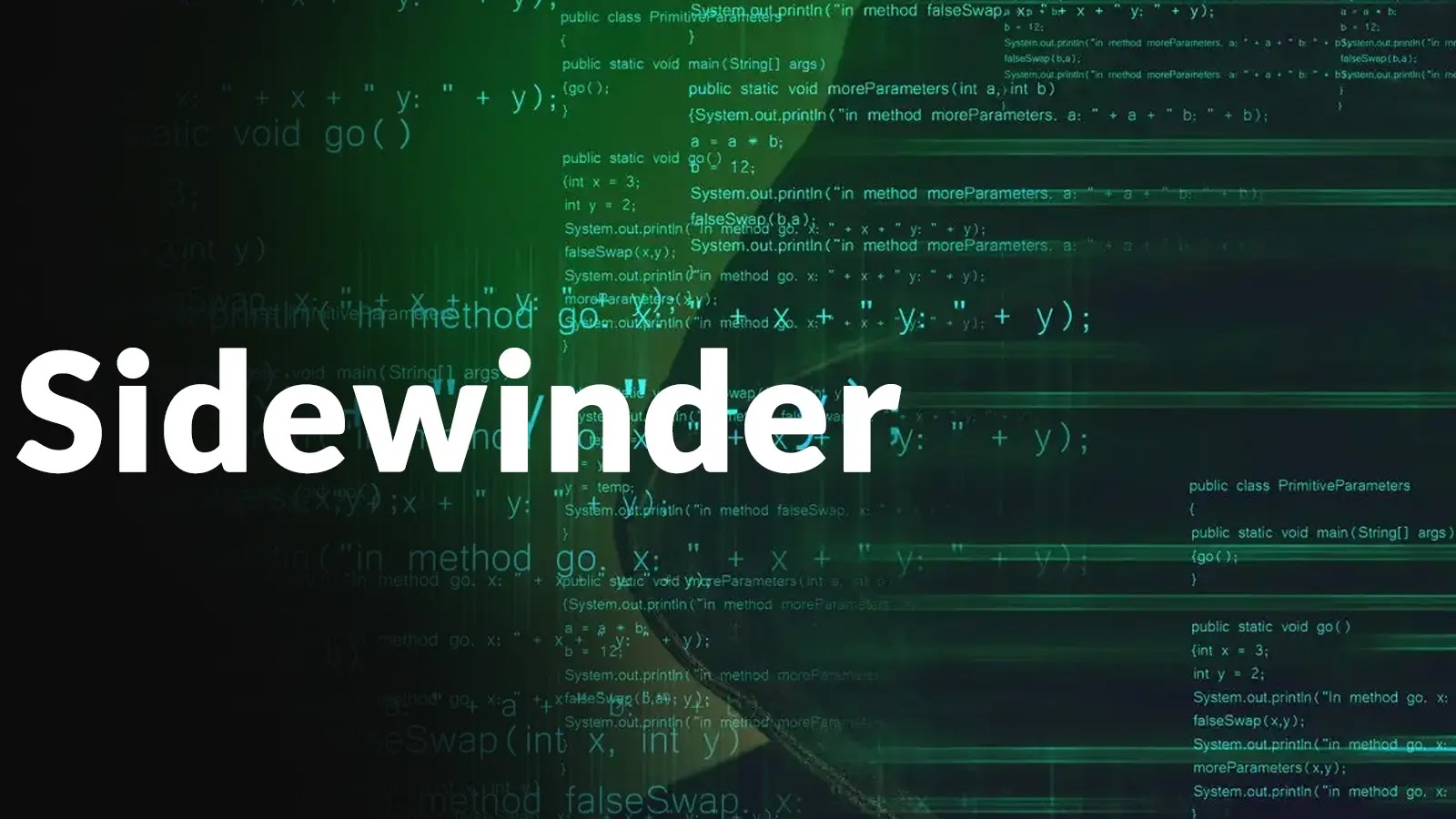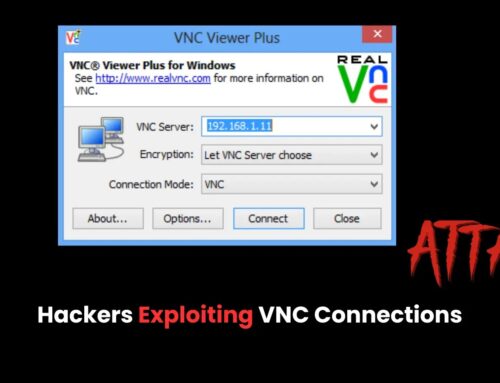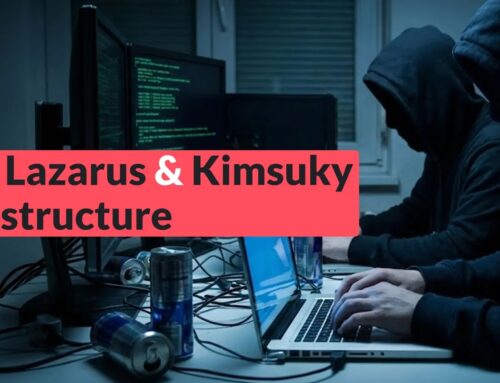
Sidewinder Hacker Group Weaponizing LNK File to Execute Malicious Scripts
Sidewinder’s Evolving Threat: LNK Files Become the New Weapon of Choice
The cybersecurity landscape constantly shifts, and sophisticated threat actors are at the forefront of this evolution. One such group, the notorious APT-C-24, also known as Sidewinder or Rattlesnake, has recently unveiled a significant change in its attack methodology. No longer solely relying on traditional Microsoft Office vulnerabilities, this advanced persistent threat group is now weaponizing LNK files in highly deceptive phishing campaigns. This shift demands immediate attention from organizations, particularly those in critical sectors across South Asia, as these new tactics pose a formidable challenge to conventional defenses.
Who is the Sidewinder Hacker Group?
Active since 2012, Sidewinder has established itself as a persistent and highly capable state-sponsored threat actor. Their primary targets consistently include government, energy, military, and mining sectors, predominantly in South Asia. Historically, their operations have been characterized by sophisticated social engineering and the exploitation of known vulnerabilities within widely used software. Their relentless pursuit of intelligence and strategic data makes them a significant concern for national security and critical infrastructure.
The Shift: From Office Exploits to LNK File Weaponization
For years, Sidewinder’s playbook frequently leveraged Microsoft Office vulnerabilities, such as those that allowed for remote code execution or information disclosure through malicious documents. However, recent intelligence indicates a tactical pivot. The group is now deploying highly convincing phishing campaigns that utilize weaponized LNK (shortcut) files. This change is not merely a cosmetic update; it reflects a strategic decision to bypass strengthened defenses against traditional document-based exploits and exploit a less scrutinized attack vector.
The LNK files, often disguised as legitimate documents or archives, are designed to execute malicious scripts as soon as a user clicks on them. This method allows Sidewinder to achieve initial access without requiring a complex exploit chain against an application and instead relies on user interaction with a seemingly innocuous file. Once executed, these scripts can download further malware, establish persistence, and begin the process of data exfiltration or network reconnaissance.
How LNK File Attacks Work
LNK files, by their nature, are shortcuts to other files or programs. When weaponized, an LNK file is crafted to point to a malicious script or executable, often embedded within the same phishing email or a file downloaded from a malicious link. When a user clicks on this LNK file, the operating system executes the target of the shortcut. Sidewinder leverages this functionality to launch scripts, such as PowerShell commands or VBScript, which can then:
- Download secondary payloads from attacker-controlled servers.
- Execute commands to disable security features.
- Establish backdoor access.
- Collect system information and credentials.
The effectiveness of this technique lies in its simplicity and the difficulty many traditional security solutions have in identifying a malicious LNK file before execution. Attackers often embed obfuscated commands or use legitimate system utilities (Living off the Land binaries) to further evade detection.
Targeted Sectors and Geographic Scope
Sidewinder’s targeting remains consistent with its historical objectives, primarily focusing on:
- Government Entities: For intelligence gathering and strategic advantage.
- Energy Sector: To potentially disrupt infrastructure or gain insights into operational capabilities.
- Military Organizations: For sensitive information on defense capabilities and strategies.
- Mining Industry: To acquire valuable economic intelligence or intellectual property.
These campaigns are heavily concentrated in South Asia, indicating a clear, regional objective for the APT group.
Remediation Actions and Mitigations
Defending against evolving threats like Sidewinder’s LNK file campaigns requires a multi-layered approach focusing on user education, technical controls, and proactive threat hunting.
- Enhanced User Awareness Training: Educate employees about the dangers of unsolicited emails, suspicious attachments (especially LNK files), and deceptive social engineering tactics. Emphasize scrutinizing file extensions and sender credibility.
- Email Filtering and Sandboxing: Implement robust email security gateways that can identify and quarantine suspicious attachments, including LNK files that deviate from normal patterns. Advanced sandbox analysis can detonate attachments in a controlled environment to detect malicious behavior before they reach end-users.
- Endpoint Detection and Response (EDR) Solutions: Deploy EDR tools that monitor endpoint activity for suspicious processes, PowerShell script execution, and unusual LNK file interactions. EDRs can detect and respond to malicious activities post-initial access.
- Disable LNK Auto-Execution (Advanced): While challenging in enterprise environments, investigate policies to restrict the execution of specific file types, or prompt for user confirmation for LNK files originating from untrusted sources.
- Application Whitelisting: Implement application whitelisting to prevent the execution of unauthorized executables and scripts, thereby limiting the impact of successful LNK file attacks.
- Regular Patch Management: Although Sidewinder has shifted from Office exploits, maintaining a rigorous patch management schedule for all operating systems and applications is crucial to close other potential attack vectors.
- Network Segmentation: Implement network segmentation to limit lateral movement if an endpoint is compromised.
- Threat Intelligence Integration: Stay updated with the latest threat intelligence on Sidewinder’s tactics, techniques, and procedures (TTPs) to enhance detection and prevention capabilities.
Tools for Detection and Mitigation
Effective defense against LNK-based attacks often combines several security tools.
| Tool Name | Purpose | Link |
|---|---|---|
| Microsoft Defender for Endpoint | Endpoint Detection & Response, behavioral analysis | Microsoft Defender |
| Proofpoint Email Security | Email filtering, attachment sandboxing | Proofpoint |
| CrowdStrike Falcon Insight | EDR, threat hunting, malware prevention | CrowdStrike |
| FireEye (Mandiant) Network Security | Network traffic analysis, threat intelligence | Mandiant |
| GPO (Group Policy Objects) | Windows security configuration management | N/A (Built-in Windows feature) |
Conclusion
The Sidewinder hacker group’s transition to weaponizing LNK files marks a significant evolution in their attack strategy. This shift underscores the need for organizations in South Asia, particularly those in critical sectors, to adapt their defenses. By prioritizing robust user education, employing advanced email and endpoint security solutions, and staying current with threat intelligence, organizations can significantly reduce their exposure to these sophisticated and evolving threats. Proactive security measures are not just recommended; they are essential for resilience against persistent and adaptive adversaries like Sidewinder.





